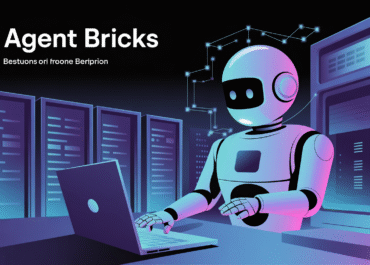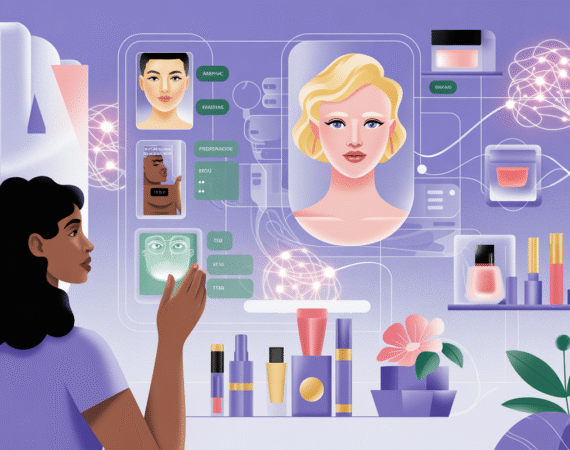Google DeepMind Unveils Gemini Robotics On-Device: A Leap Towards Autonomous AI
In a significant stride for the field of robotics and artificial intelligence, Google DeepMind unveiled its latest innovation: Gemini Robotics On-Device. Announced on June 24, 2025, this new iteration of their powerful vision-language-action model is engineered to operate directly on a robot’s hardware, marking a pivotal shift towards truly autonomous and responsive robotic systems.
The Promise of On-Device AI
Traditionally, advanced AI models for robotics often rely on cloud-based processing. While powerful, this approach introduces latency and a dependence on consistent network connectivity, which can hinder a robot’s performance in dynamic or remote environments. Gemini Robotics On-Device directly addresses these limitations by enabling the AI to execute efficiently on the robot itself.
This on-device capability translates into several critical advantages:
- Reduced Latency: By processing data locally, robots can react to their environment with unprecedented speed, crucial for intricate tasks and safe navigation.
- Enhanced Responsiveness: Decision-making becomes near-instantaneous, allowing robots to adapt more fluidly to unexpected changes or complex scenarios without waiting for external computation.
- Improved Reliability: Dependence on internet connectivity is drastically minimized, making robots more reliable in areas with poor or no network access, such as disaster zones, remote industrial sites, or even in home environments with spotty Wi-Fi.
- Greater Privacy and Security: With less data needing to be sent to and from the cloud, the potential for data breaches and privacy concerns can be reduced.
How Gemini Robotics On-Device Works
Gemini Robotics On-Device is an optimized variant of the Gemini model, specifically tailored for the computational constraints and real-time demands of robotic hardware. As a vision-language-action (VLA) model, it enables robots to understand visual inputs, process natural language commands, and translate them into physical actions. The key is its efficiency, allowing this sophisticated AI to run effectively on the localized processors of a robot.
This advancement means that robots can learn, adapt, and make decisions autonomously in the real world, without a constant digital umbilical cord to a data center. It paves the way for more sophisticated and self-sufficient robotic applications across various sectors, from manufacturing and logistics to healthcare and domestic assistance.
Implications for the Future of Robotics
The introduction of Gemini Robotics On-Device is set to accelerate the deployment of intelligent robots into an even wider array of practical applications. Industries requiring robust, independent robotic operations — such as autonomous agriculture, deep-sea exploration, or planetary Rovers — stand to benefit immensely. Moreover, it could democratize access to advanced AI capabilities for smaller, more specialized robots, making sophisticated automation more accessible and cost-effective.
This development underscores Google DeepMind’s commitment to pushing the boundaries of AI, bringing us closer to a future where robots are not just tools, but intelligent, adaptive partners capable of operating seamlessly within our complex world.
As this technology matures, we can expect to see a new generation of robots that are more intuitive, resilient, and integrated into our daily lives, transforming industries and improving efficiency in ways previously only imagined.


